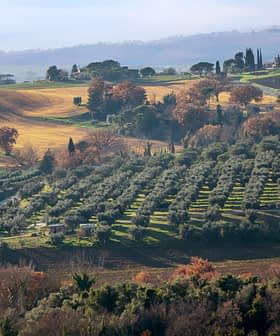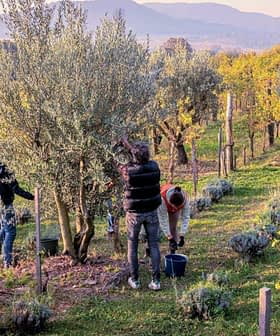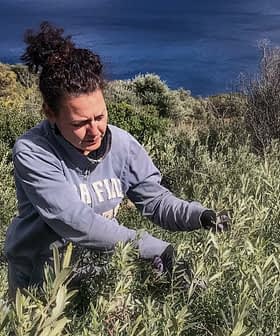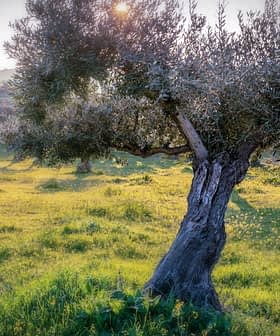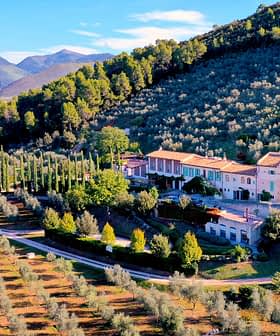 8.9K reads
8.9K readsWorld
Modern Olive Growing Starting to Overtake Traditional Methods
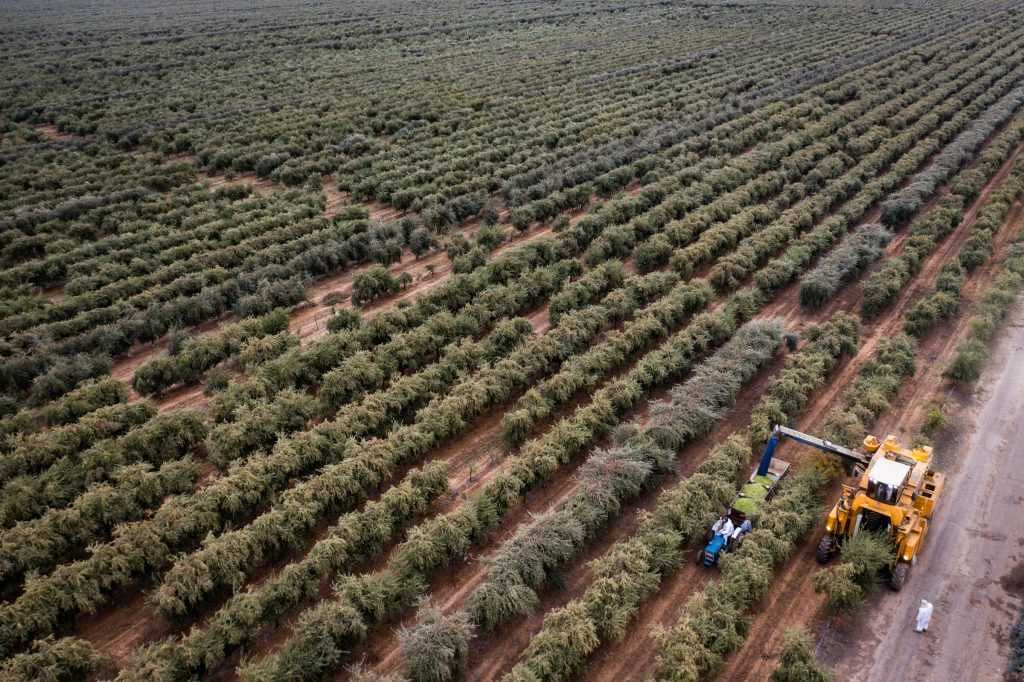
Traditional olive farming accounts for 70 percent of the world’s olive tree surface area and 60 percent of global production, while modern high-density groves make up 30 percent of the surface area but produce 40 percent of the global olive oil. The study suggests that investing in quality and differentiation, such as organic farming, can help traditional olive growers compete with modern groves, which are becoming more prevalent in countries like Portugal and Morocco.
Traditional olive farming accounts for 70 percent of the total surface area of the world’s olive trees and production from these groves accounts for 60 percent of the global total.
Meanwhile, modern high-density and super-high-density groves constitute only 30 percent of the world’s olive tree surface area, but their yields account for 40 percent of global olive oil production.
See Also:Italy’s Olive Oil Competitiveness Hindered by Aging GrovesThese are some of the facts emerging from research recently presented by the Agri-Food Business School (ESNEA), Intercoop Consultoría and Juan Vilar Strategic Consulting at a conference in Spain.
Eighty-seven percent of the global surface area of olive groves are located in nine Mediterranean countries, where traditional olive farming still dominates the scene.
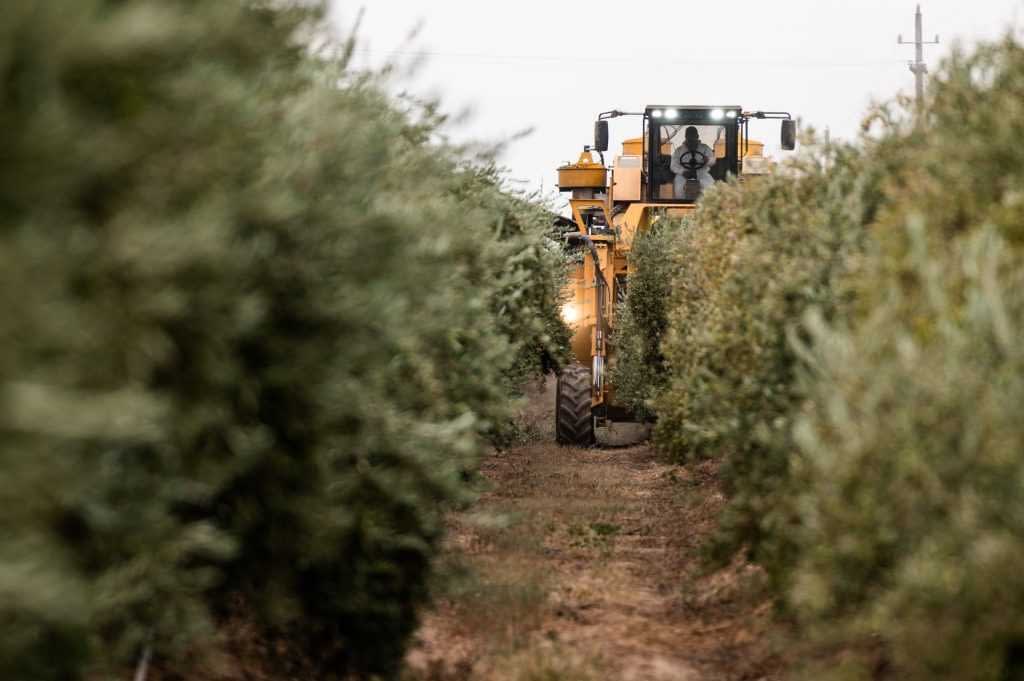
Enzo Olive Oil Company, California
However, in some of the countries, such as Portugal, modern groves now represent 64 percent of the total olive farms, while in Morocco many traditional olive groves are being transformed into modern (45.7 percent) and intensive orchards (9.3 percent).
While the global surface area dedicated to olive farming remains at 11.5 million hectares, most emerging countries where olive oil culture and olive farming are making inroads are increasingly focusing on modern orchards.
Every year, 1.5 percent of the current global olive tree surface area is transformed into modern or intensive orchards, where productivity far exceeds the capacity in traditional groves.
Today, the global surface of traditional orchards remains at 8.1 million hectares, of which 3.7 million – nearly one-third – cannot be mechanized. The world has just over 4.4 million olive farms, with an average size of 2.6 hectares.
See Also:Organic Olive Groves Flourish in SpainGiven these numbers, the Spanish study noted that the path for traditional olive growing is to invest in quality and differentiation, such as organic farming, from which the extra virgin olive oil can command higher prices.
Still, modern and intensive groves can pursue similar goals, the experts added, and their profitability can grow even more by efficiently managing production costs.
According to the projections, the number of organic olive groves will continue to grow steadily due to the increased demand for sustainable and environmentally-friendly products
The study also noted that twelve percent of the global surface – about 1.4 million hectares – is covered by diverse and specific types of olive farming: ecological cultivation, attic and emotional olive groves, biodynamic and bio-regenerative cultivation, groves for biodiversity and historic olive farms.


